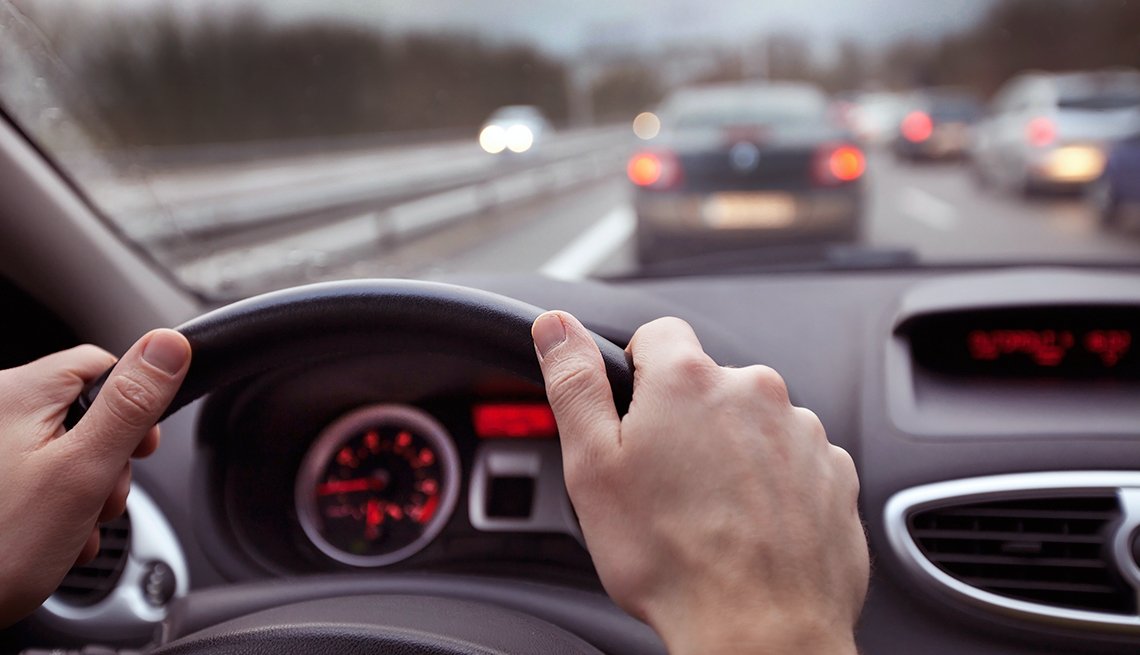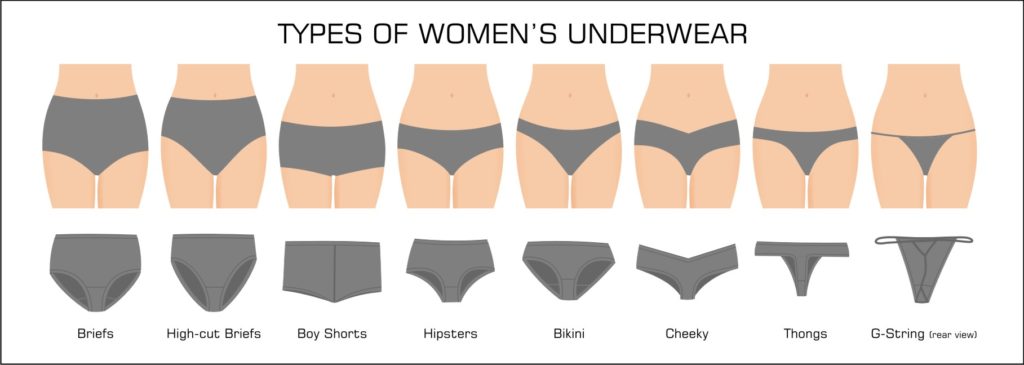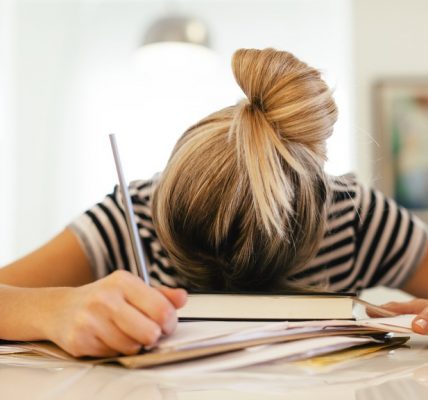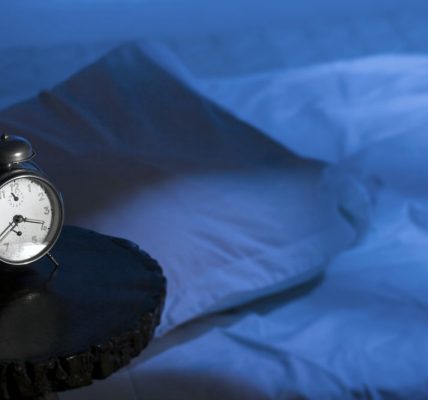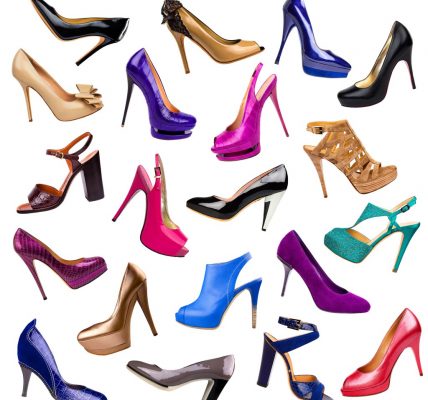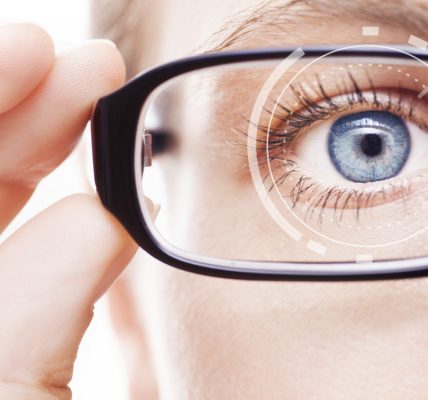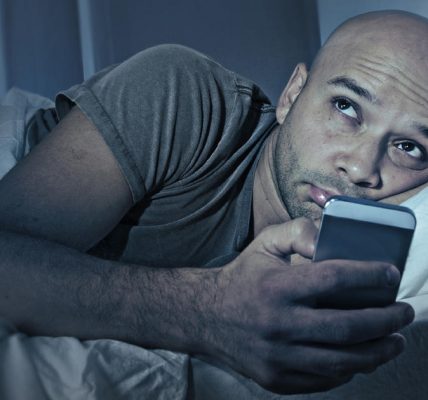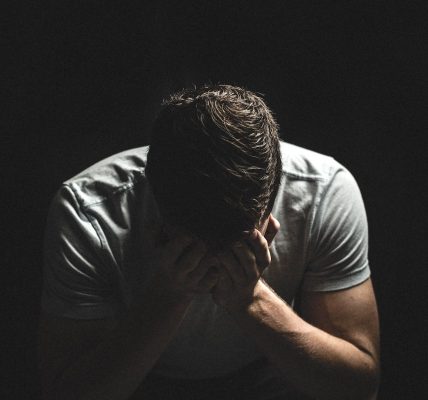With music festivals coming up and the Grammy’s airing this Sunday, music is on our minds and in our ears almost constantly. But can the volume at which we listen to our favorite songs have a lasting effect on our hearing? As it turns out, it can. In fact, the damage caused by listening to loud music is so detrimental that the European Union is now requiring volume limits on all iPods and other MP3 players made from this month onward.
Players will have a sound limit of 85 decibels (dB), but consumers may increase it up to a maximum of 100. According to Action on Hearing Loss, overexposure to loud music may result in tinnitus, the medical term used to describe a ringing or buzzing noise in one ear, both ears, or the head. It can be caused by overexposure to loud music—Chris Martin of Coldplay is a sufferer—and can also be accompanied by permanent hearing loss.
Should those living in the UK choose to bypass the 85 dB limit, they will have to view a warning message after every 20 hours of listening time. But how do we monitor the sound levels in our music? I’m sure we’ve all had experiences of listening to other people’s music blaring through their headphones. Since it may be rude to tell them to turn it down, maybe more information should be provided to warn people of the harmful effects of really high noise levels. Although some noise-canceling headphones can help minimize damage, we have reason to dial down the music a little—or at least to a volume that doesn’t subject others to it.
Citations
- Fears that music volume limits ‘could be ignored’ from BBC News by the BBC <http://www.bbc.co.uk/news/health-21294537>
Article by Nikita Rathaur
Feature Image Source: Affinity Magazine


